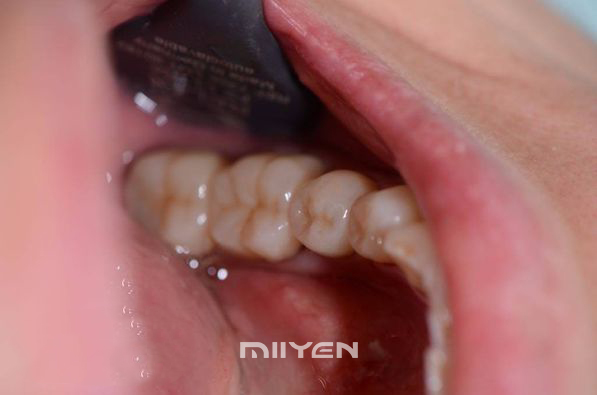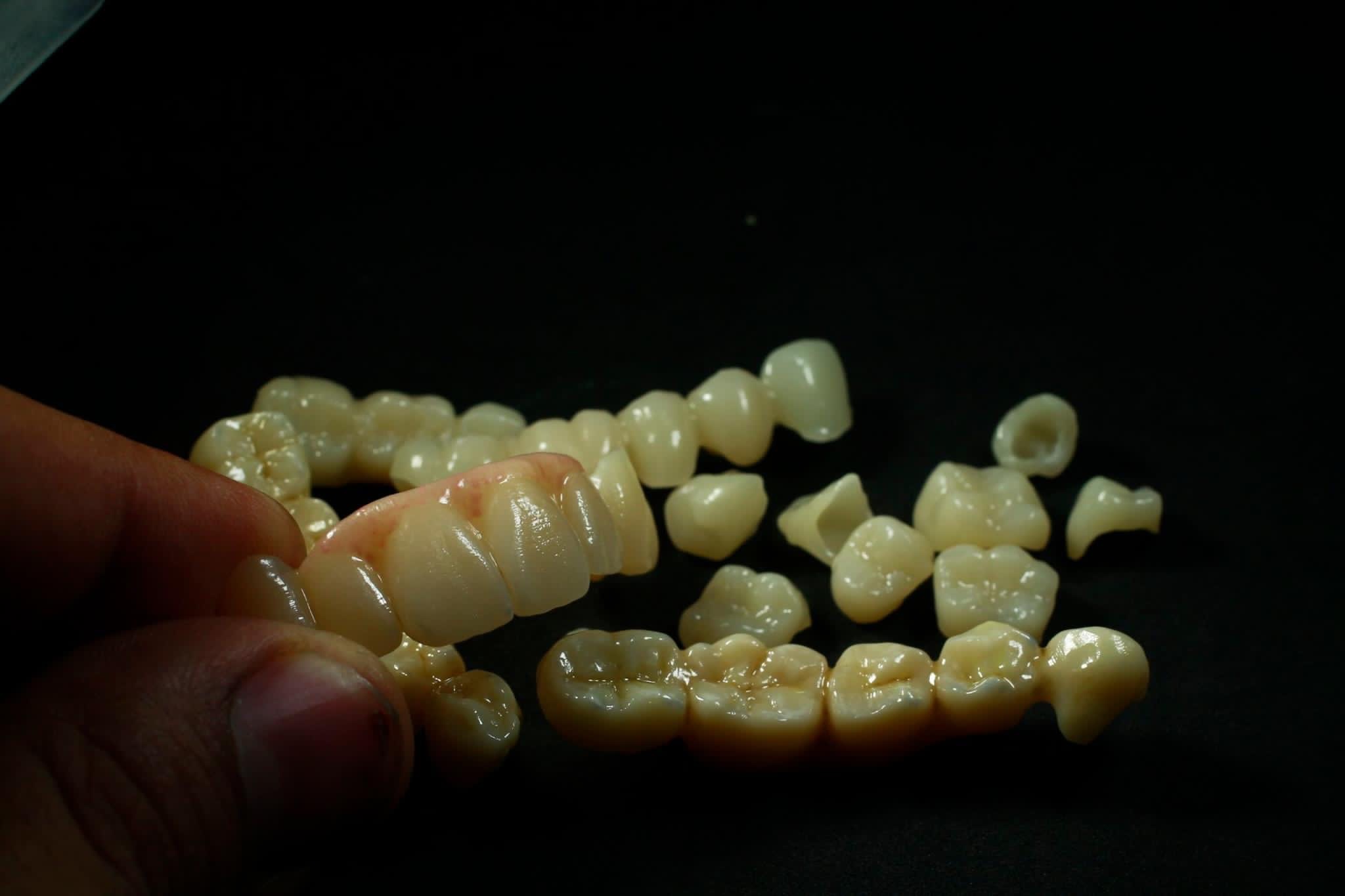-
Email : mike.zhang@baot.biz
Email : mike.zhang@baot.biz
Advances in stomatology and oral materials have been slow and continuous and in step with advances in other sciences. Regardless of the age, the different materials that appeared had a very important impact on the restoration technology at that time. The practice of oral medicine began as early as 3000 BC, and the application of oral materials also occurred at the same time.
The Beginning
Oral materials were first used in 2500 BC. The Golden Crown Bridge appeared between 700 and 500 BC. Celsus in Rome in the 1st century AD used cotton wool, lead, and other substances to fill large carious cavities with cotton wool, lead, and other substances to prevent the teeth from breaking during the extraction process, which may be the earliest filling material for caries. In the Tang Dynasty in China (7th to 10th century AD), there was a record of using a silver paste to fill teeth. The main components of silver paste are silver, mercury, and tin, which are very similar to modern amalgam. From BC to 1500 AD, the development of oral medicine was slow, and the main progress during this period was from the restoration of missing teeth to the filling of caries. According to records, between AD 1050-1122, people filled cavities with ground frankincense, alum, and honey. Around 1480, the Italian Johannes Arcolanus filled caries with gold leaf, another advance in the field of restoration. In 1548, Walter Herman wrote the first monograph on oral medicine, which had an important influence on the development of oral restorative materials.
Rapid Development
In the early 17th century, chemistry and physics progressed rapidly. The development of stomatology in the 18th century accelerated. Some people think that the monograph published by Pierre Fauchard in 1728 can be regarded as the beginning of modern oral medicine. The work covers many areas of stomatology and also describes the various restorative materials and techniques used at the time. These include methods for making dentures out of ivory. In 1756 Pfaff described a method of taking an impression in the mouth with wax and pouring the model with calcined plaster. In 1770, Jean Darcet began to use low melting point alloys for dentistry. In 1792 the Frenchman de Chamant patented the method of making porcelain teeth, which led to the advent of porcelain inlays in the early 19th century.
Many of the restorative materials and their auxiliary materials used in modern times have been used in the past, but the relevant scientific principles have only recently been established. In the past, their use was entirely manual, and the only "lab" was the patient's mouth.

Gradually Improve
The study of amalgam in the mid-19th century first aroused great interest in the science of oral materials, and it is still an important filling material for posterior teeth. At the same time, there were also research reports on ceramics and gold foil. Until the remarkable research work started by G.V.Black in 1895. These scattered academic achievements are perfected. The gutta-percha, discovered in 1842, was used for the root canal filling in 1847. In the middle of the 19th century, zinc oxide eugenol cement and zinc phosphate cement appeared one after another, and they are still in use today. In the middle of the 19th century, vulcanized rubber was used to make denture bases, and it lasted for nearly 90 years. It was not gradually replaced by methacrylate bases until 1937.
Advanced Materials
Since the beginning of the 20th century, the development of oral materials has been characterized by the refinement and improvement of various materials that have been used, and chemical synthesis and physical modification have begun to be carried out for clear goals. During this period, acrylic resin replaced vulcanized rubber to make total dentures and partial denture bases; cast partial denture bases and restorations with non-precious metals; stainless steel made orthodontic appliances and the application of various elastic impression materials, etc. To promote the improvement of oral clinical treatment technology.
Due to refinement and improvement, the development of metal porcelain powder, dental ceramic powder, and oral digital restoration materials has gradually developed. These materials cover the entire field of dental restoration from single-tooth restorations to long-span bridges. A wide range of translucency levels is available to suit the individual needs of the patient and the preferred working technique of the dental professional. And BAOT's dental material products have been fully proven in clinical experiments and the global market. Stable quality and reasonable prices make the products more and more popular.

Although the application of oral materials has a long history, oral materials science, as an independent discipline, has been formed since the 20th century. Before 1900, only a very small number of people specialized in the study of oral materials. At present, there are a considerable number of well-trained professionals with professional knowledge in stomatology, physics, chemistry, and engineering in the world engaged in research and teaching in this field. At that time, in the Schools of Stomatology of many medical universities, special teaching and research offices, research rooms, or centers of dental materials were set up, and courses of dental materials were opened. It also grants master's and doctoral degrees in this discipline, and trains specialized talents in a planned way, so that the study of oral materials continues to develop. The true meaning of interpenetration of different disciplines. And since the establishment of the first quality standard for oral material products (the amalgam quality specification) in 1920, international standards for various oral materials, instruments, and equipment have been established. In this case, oral materials science has gradually developed into an independent basic science with its academic value and theoretical level.